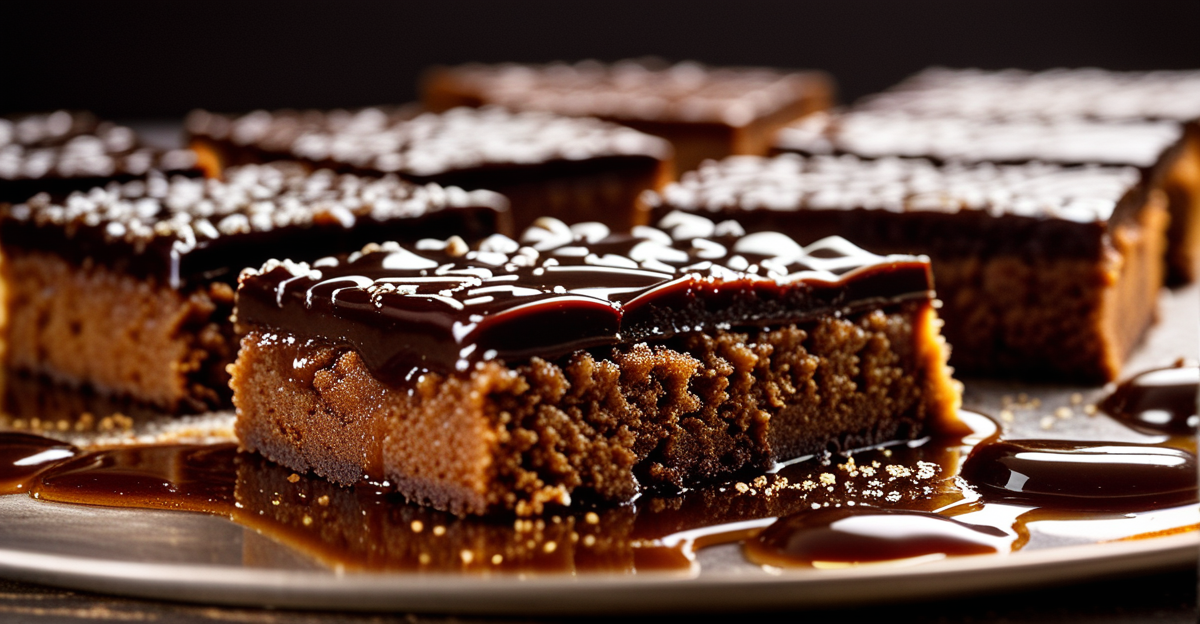Essential Ingredients and Equipment for Sticky Toffee Pudding
Understanding the sticky toffee pudding ingredients is crucial for a successful dessert. The foundation includes dates, which provide natural sweetness and moisture, softening the crumb while enriching flavor. Brown sugar adds caramel notes and moisture retention. Flour offers structure, while baking powder ensures lift, creating the characteristic soft texture. Butter contributes richness, and eggs bind the mixture to form a smooth batter.
The choice of necessary kitchen tools significantly impacts the pudding’s quality. A food processor or blender is preferred to puree soaked dates finely, ensuring an even distribution in the batter. Mixing bowls and a sturdy whisk or electric mixer enable thorough combination of wet and dry ingredients to achieve the ideal consistency. A loaf pan or deep baking dish suits baking, balancing heat distribution for moist results. Accurate measuring cups and spoons guarantee precise ingredient ratios, vital for consistent texture.
Also read : How can you make a flavorful chicken tikka masala at home?
Selecting the best ingredients for sticky toffee pudding means opting for fresh, high-quality staples. For instance, medjool dates are plump and sweet, ideal for the date mixture. Unrefined dark brown sugar enhances flavor depth better than lighter sugars. Gluten-free flour blends can substitute regular flour without sacrificing texture, offering options for dietary restrictions. Quality unsalted butter ensures control over seasoning and richness, rounding out the pudding’s signature taste.
Preparing the Date Mixture and Batter
Mastering the date mixture preparation is key for authentic sticky toffee pudding flavor. Start by soaking chopped dates in hot water or tea to soften them, allowing their sugars to release and deepen the taste. This hydration also prevents dryness in the final dessert. Once plump, pureeing the dates ensures smooth incorporation into the batter, distributing moisture evenly.
This might interest you : Why Has British Cuisine Become More Diverse Over the Years?
When crafting the sticky toffee pudding batter, combine wet ingredients—like butter, eggs, and date puree—with dry ones including flour, baking powder, and brown sugar. Mixing methods matter: fold dry ingredients gently into the wet to maintain airiness, avoiding overmixing, which toughens texture. Use an electric mixer on low speed or whisk by hand until just combined.
Common pitfalls include adding ingredients at uneven temperatures; ensure eggs and butter are at room temperature to blend smoothly. Also, strain out large date pieces if using a blender to prevent lumps.
Following these techniques achieves a batter that is moist yet structured—fundamental for the pudding’s characteristic tender crumb and rich flavor. This approach highlights how methodical date mixture preparation and batter handling directly affect the dessert’s success.
Baking Techniques for a Moist Pudding
Achieving moistness when baking sticky toffee pudding relies primarily on precise oven settings and timing. A moderate temperature around 160–170°C (320–340°F) ensures even cooking without drying out the batter. Too high heat causes rapid crust formation, locking moisture inside but risking an undercooked center. Conversely, too low temperature prolongs baking, which can dry the pudding.
Choosing the right baking vessel is equally vital. Loaf pans and deep ceramic dishes distribute heat steadily, encouraging a tender crumb. Metal tins conduct heat faster, which may produce firmer edges. The vessel’s size affects baking time; a wider pan thins the batter, requiring shorter bake periods to avoid dryness.
Testing for doneness demands subtlety. Insert a skewer into the pudding; it should emerge with moist crumbs but no raw batter. Avoid overbaking—once the center firms, residual heat continues cooking the pudding, preserving softness. Covering loosely with foil halfway through baking guards against excessive browning while maintaining steam, enhancing moisture retention.
These strategies collectively guarantee the ideal sticky toffee pudding texture—tender, moist, with a luscious crumb that complements the rich toffee sauce.
Crafting a Rich Toffee Sauce
Creating a thick and glossy toffee sauce is essential to complement sticky toffee pudding perfectly. The foundation includes butter, brown sugar, and cream, which meld to deliver the sauce’s signature richness and depth. A classic toffee sauce recipe balances these ingredients in roughly equal parts, enhancing sweetness without overwhelming the pudding.
The stovetop method involves melting butter and sugar gently over medium heat, stirring constantly to dissolve sugar fully and prevent burning. Adding cream gradually thins the mixture, producing a smooth, velvety texture. Consistent stirring guards against crystallisation, which can ruin the sauce’s glossy finish.
Adjusting the sauce’s thickness depends on cooking time: simmer longer to reduce and thicken, or add extra cream for a looser consistency. Flavor intensity can be enhanced by a pinch of salt or a splash of vanilla extract, which heightens the caramel notes without masking the buttery sweetness.
This approach to making caramel sauce for sticky toffee pudding ensures a luscious topping, enriching every bite with buttery, caramelized goodness that perfectly balances the dessert’s moist, tender crumb.
Serving, Variations, and Storage Advice
Serving sticky toffee pudding at the right moment enhances its luscious texture and rich flavor. Traditionally, it pairs beautifully with vanilla ice cream, clotted cream, or softly whipped cream, which balance the dessert’s sweetness and add contrasting temperatures. Presenting warm slices with a generous pour of thick and glossy toffee sauce accentuates the indulgence.
For those seeking creative twists, consider incorporating chopped nuts like walnuts or pecans into the batter for crunch and depth. Adding a splash of whiskey to the date mixture can introduce a sophisticated warmth that elevates the flavor profile. Alternative sweeteners, such as coconut sugar or maple syrup, may replace brown sugar for varied tastes or dietary needs, though they require careful balancing to maintain moistness.
Proper storage is vital to preserve freshness. Cool the pudding completely before wrapping tightly in plastic wrap or placing in an airtight container. It can be refrigerated for up to 3 days or frozen for longer storage, up to 1 month. When reheating, warm gently in the oven or microwave, adding extra toffee sauce to restore moisture. These storage tips and ingredient adaptations offer practical solutions to enjoy sticky toffee pudding anytime, ensuring it remains moist and flavorful.







